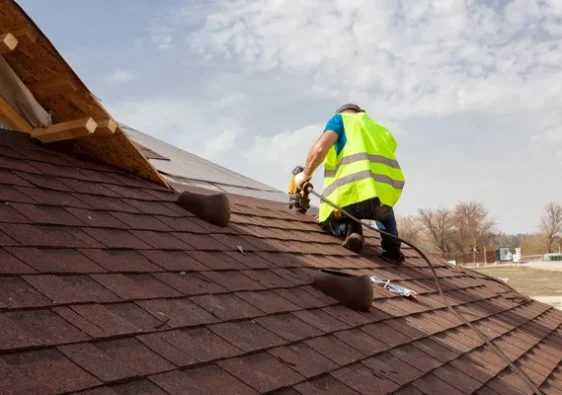Real estate, often regarded as one of the most stable and lucrative investments, encompasses physical structures and properties and the essential elements that support and sustain its growth. In this guide, we delve into the metaphorical “roofs” and “roots” of real estate, exploring both the tangible aspects, like properties and structures (roofs), and the intangible elements, such as economic factors and community dynamics (roots). Understanding both dimensions is crucial for making informed decisions in the complex world of real estate.
The Roofs: Physical Structures and Properties
At its core, real estate is about the tangible, physical assets that form the foundation of the industry. The “roofs” represent the buildings, houses, and structures that make up the real estate landscape. Investing in properties involves a multifaceted approach, considering factors like location, architecture, market trends, and property condition.
Location is paramount in real estate, influencing the property’s current value and potential for appreciation. Proximity to amenities, schools, transportation hubs, and cultural attractions can significantly impact a property’s desirability. Understanding the local market trends and economic indicators is vital for making informed decisions about when and where to invest.
Architectural considerations extend beyond aesthetics and affect functionality, maintenance costs, and the property’s ability to meet market demands. Modern, energy-efficient designs often appeal to both homeowners and tenants, contributing to long-term sustainability and value. As the exploration of real estate nuances unfolds, encompassing architectural factors and property conditions, the practical consideration arises: where to locate reliable roof shingles near me for prospective renovation or maintenance projects.
Property condition is a critical factor influencing investment decisions. Conducting thorough inspections and assessments can help uncover potential issues and estimate the costs of maintenance or renovations. Well-maintained real estate Australia is yielding better returns and attracting quality tenants or buyers
The Roots: Economic Factors and Community Dynamics
While the physical structures form the visible part of real estate, the “roots” represent the underlying economic factors and community dynamics that shape the industry. Understanding these elements is essential for predicting market trends, assessing long-term viability, and making strategic investment decisions.
Economic factors, such as interest rates, inflation, and employment rates, play a pivotal role in shaping the real estate market. Low interest rates stimulate demand, while high employment rates increase purchasing power. Keeping an eye on these indicators helps investors anticipate market movements and make informed decisions.
Community dynamics encompass the social, cultural, and demographic aspects that define a neighborhood or locality. Factors like population growth, crime rates, and school quality can significantly impact property values. Investing in areas with positive community dynamics often leads to better long-term returns.
In the vast landscape of real estate, understanding both the “roofs” and “roots” is crucial for success. The tangible assets, represented by the physical structures and properties, require careful consideration of location, architecture, and property condition. Simultaneously, the intangible factors, including economic indicators and community dynamics, influence real estate investments’ long-term viability and appreciation potential.
Conclusion
Aspiring investors and homeowners alike can benefit from a holistic approach that combines a keen eye for property details with a deep understanding of the economic and social factors shaping the real estate market. By balancing the “roofs” and “roots” of real estate, individuals can confidently navigate this complex terrain, making informed decisions that lead to successful and sustainable investments.



